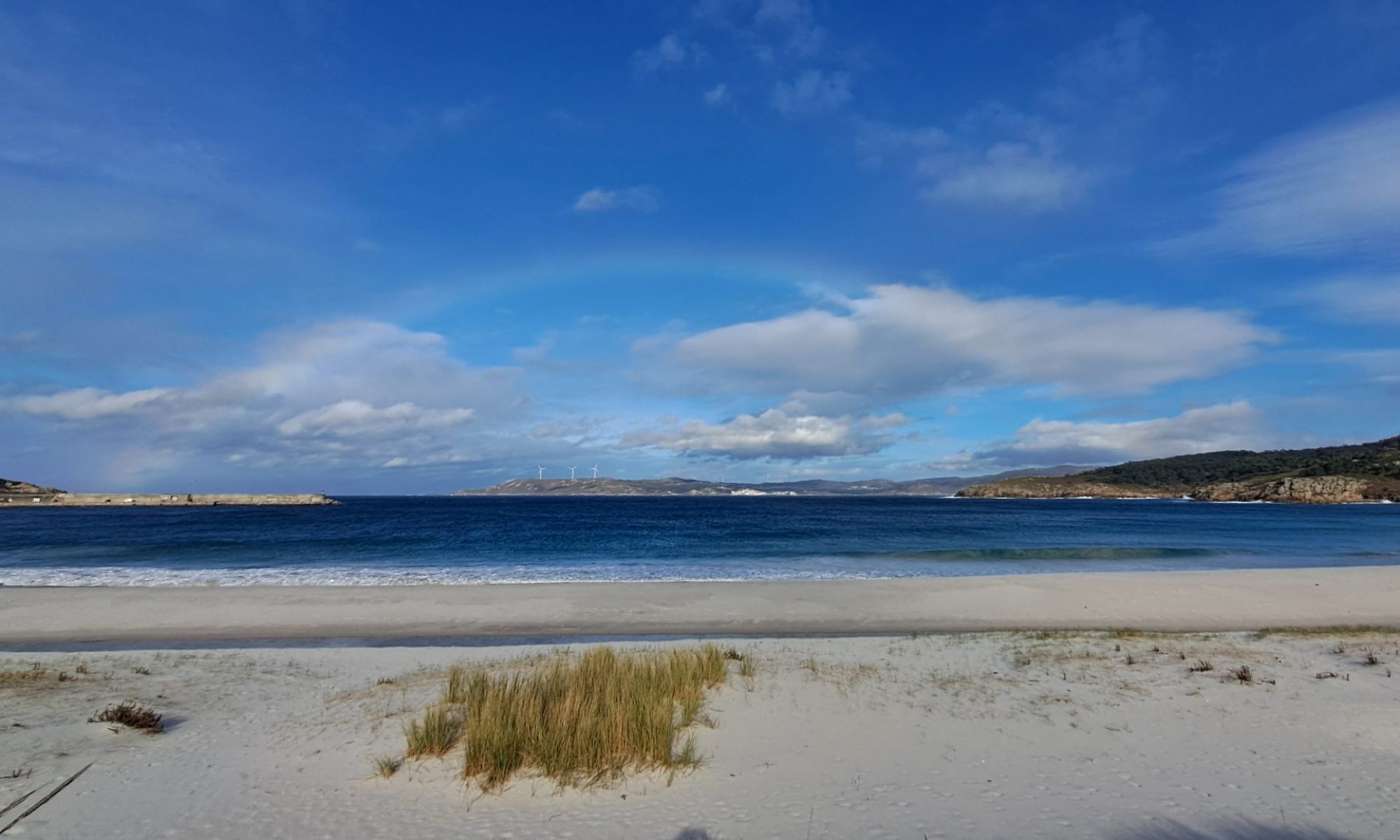This isn’t an easy admission to make, but I read the News of the World website. The first thing that’s curious about the site is that even the scant amount of non-celebrity stories in the newspaper are really hard to find on it, it really is all celebrity non-news focused. Eventually I find the story about my MP Nigel Griffiths who has been photographed with a woman in her underwear in the House of Commons. Well, allegedly, the photos are of someone sticking their leg outside a door. He isn’t actually in any of the photos. And even if you were drunk and seduced by a suspiciously keen women wouldn’t you realise something was up when she started sticking her leg outside the office door where a photographer happened to be? It feels a lot like a set up to me but why then would the paper sit on the photos for six months. I don’t understand it.
There’s a European election in a month but from the activity of the parties you would never know it. Alastair Darling sent a constituent communications leaflet round saying he was “determined to do his bit” to help people in these hard times, like giving money handouts to pregnant mothers. Governments handing out money always seems like a desparate attempt to get votes. As Chancellor it would seem he could “do his bit” by fixing the economy, but that wasn’t mentioned. All very strange but not as strange as sending your constituent communications leaflets to the wrong addresses, I live in Nigel Griffiths’ constituency, no wonder the economy is screwed. Oh and no mention of European elections.
SNP sent me a begging letter for money (I’m a party member, they do this frequently) claiming they needed it for the European elections, then go on to give a questionnaire about council matters. Curiously off topic. Lib Dems sent round their newspaper which I usually quite like (as propaganda goes), again minimal reference to European elections. I watched a Tory party election broadcast with David Cameron, entirely about UK issues and barely a mention that there’s an election coming up. It’s like the parties just have nothing to say on the topic.
The only party I have had anything from which is actually about the elctions is UKIP. The usual Europhobic scaremongering with a picture of (Conservative party man) Winston Churchill on it. Just how stupid are these people? Winston Churchill was the first person to suggest a “United States of Europe” and was all for integration. Meanwhile the fascist BNP has voters who don’t exist.

